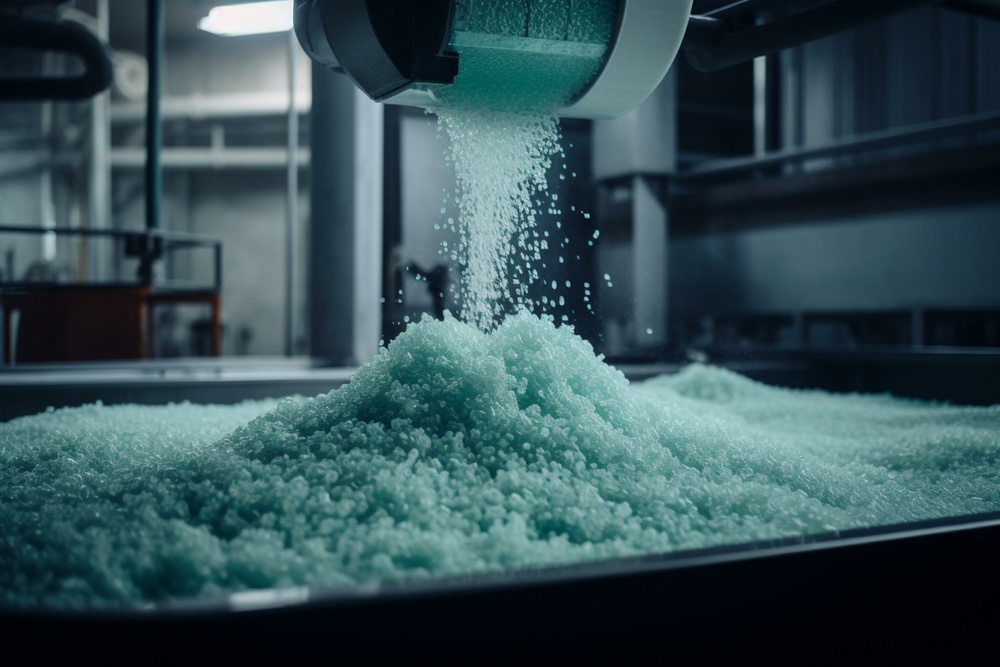Industrial Plastic: The Rise and Fall of Manufacturing Materials

As a company built on the concept of commercial and industrial plastic recycling, we need to be incredibly careful about how we describe our business. We must constantly remind website visitors that we do not recycle post-consumer plastics. Industrial plastics are our thing. We can do what we do successfully because the demand for industrial plastics is so robust.
Things were not always this way. Prior to World War II, plastic was an outlier to manufacturers. Wood and a variety of metals were the manufacturing materials of choice for consumer products. In the building trades and infrastructure, wood and metals were joined by concrete. Today, industrial plastics can replace all three in a majority of instances.
Centuries of History Behind The Materials We Use
No doubt that wood, metal, and concrete all had their days in the sun. The three manufacturing materials have centuries of history behind them. Wood has long been appreciated because it is plentiful and fairly easy to work with. Metals have proved more difficult, but they offer a strength and resilience that wood lacks.
As for concrete, it speaks for itself. From its earliest days, concrete has been relied on as the building material of choice for the biggest projects in the world. From ancient Rome to modern America, history is rife with concrete construction and manufacturing.
They Have Their Flaws
Despite the obvious popularity of wood, metal, and concrete, they all have their flaws. Wood is subject to moisture, temperature changes, pests, and other environmental influences. It doesn’t take much to ruin its integrity.
Metals are expensive. Most are subject to corrosion, especially when exposed to salty water and air. And once a metal structure’s integrity is compromised, there is no easy way to fix it.
As for concrete, its biggest enemy is time. Concrete is a porous material that continually expands and contracts. Over time, expansion and contraction cause it to break. Concrete structures need to be meticulously maintained to ensure integrity.
Then Came Consumer and Industrial Plastic
Although plastic-like materials made with organic ingredients have existed for thousands of years, the modern plastics we are familiar with today were not invented until the mid-19th century. For the next 70 years, scientists and engineers worked on perfecting their plastics. By the time World War II started, plastics had become reliable as manufacturing materials. All bets were off at that point.
The war provided multiple opportunities to improve plastics manufacturing and design. Engineers began introducing plastics into all sorts of consumer applications ranging from automotive manufacturing to designing and building kitchen appliances. The rest is history, as they say.
The World Runs on Plastic
Plastics have become better-engineered and more reliable since those early days. So much so that it is safe to say the world now runs on plastic. It’s why we can do what we do. There is huge demand for industrial plastic parts and components. Likewise, there is an attractive market for recycled postindustrial plastics.
Recycling is what we do. We operate in seven states, purchasing postindustrial plastics from companies of all sizes. We are interested in things like plastic purge and cutoffs, plastic tubing, totes and buckets, dunnage trays, and plastic pallets. We even accept baled PET bottles.
If your company produces scrap industrial plastic you would otherwise throw away, we encourage you to reach out to our team. You may have something we are interested in buying. And if so, we will come to your location to pick it up. We will recycle the material with no extra effort on your part. Just separate and clean it. We take care of the rest.